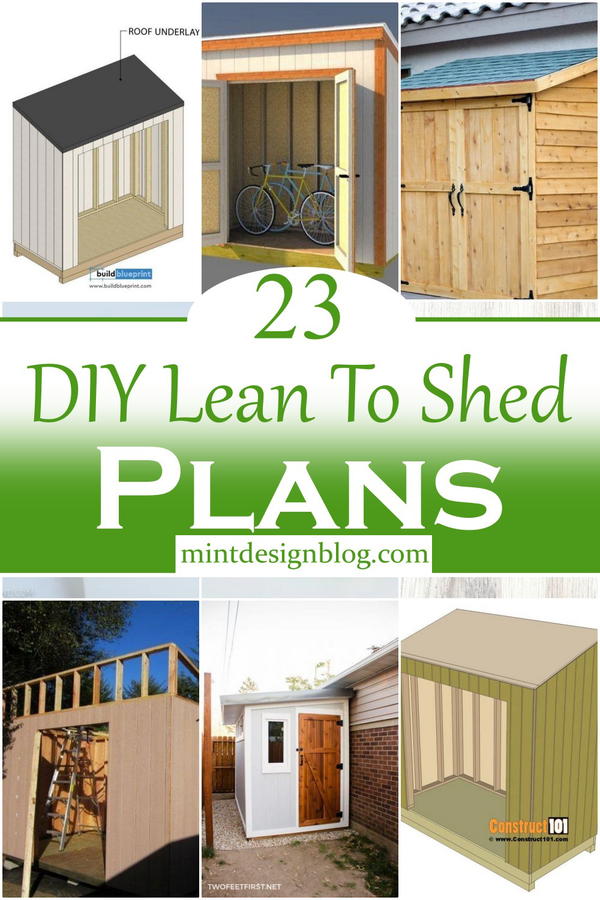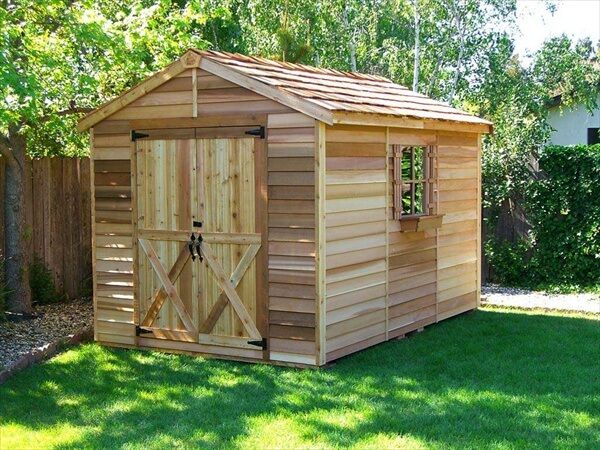
Conquer Your Clutter: Build a Basic Backyard Shed in a Weekend
Tired of tripping over garden tools and overflowing storage bins? A backyard shed offers the perfect solution, and building a basic one isn't as daunting as you might think. With a weekend and a little elbow grease, you can transform your chaotic backyard into an organized haven. This guide provides a detailed, step-by-step plan to get you started. Prepare for a rewarding project that will add both functionality and value to your property!
Planning Your Shed Project
Before you even touch a hammer, meticulous planning sets you up for success. First, decide on the size and style of your shed. Consider your storage needsâ€"how much space do you require for tools, lawn equipment, and other items? Sketch a simple design on paper, noting the dimensions. Next, check your local building codes. Many jurisdictions require permits for structures exceeding a certain size, and understanding these regulations will prevent headaches later. Finally, procure all necessary materials. Create a comprehensive shopping list, including lumber (pressure-treated is recommended for longevity), roofing materials, screws, nails, and any other hardware you'll need. Don't forget to factor in the cost of concrete for the foundation â€" a firm base is crucial for a stable shed.
Laying the Foundation: A Solid Start
Preparing the Ground
Begin by clearing the chosen location of any debris, vegetation, and loose soil. Level the ground carefully using a shovel and a level. This ensures the shed sits evenly and prevents settling issues down the line. For a simple foundation, you can use concrete blocks or a poured concrete slab. Mark out the dimensions of your shed's base on the ground to guide your work.
Setting the Concrete Blocks (or Pouring the Slab)
If using concrete blocks, arrange them according to your measurements, ensuring they’re level using a spirit level. For a poured concrete slab, build a formwork using plywood and stakes. Pour the concrete, ensuring it's evenly distributed and level. Allow ample time for the concrete to fully cure â€" usually 24-48 hours â€" before proceeding.
Framing the Shed: Building the Skeleton
Once the foundation is solid, you can begin building the frame. Cut the pressure-treated lumber according to your design plans. Begin by assembling the floor frame, securing the lumber with appropriate screws and ensuring squareness at each corner. Then, construct the wall frames, attaching them to the floor frame. Ensure all joints are secure and use a level to check verticality throughout the process. Remember: accuracy in this stage is critical for a structurally sound shed.
Roofing and Siding: Adding the Finishing Touches
With the frame complete, you can move on to roofing. Choose a roofing material that suits your budget and aesthetic preferences â€" asphalt shingles are a popular and cost-effective choice. Attach the roofing material according to the manufacturer's instructions, ensuring proper overlapping for watertight protection. Finally, install the siding, protecting your shed from the elements. Consider using materials like vinyl or metal for their durability and low maintenance.
Adding the Finishing Touches: Doors and Windows
Install a door and any windows according to your design. Choose robust hinges and secure locking mechanisms for security. Consider adding a window for natural light and ventilation. Once the doors and windows are in place, you can add any finishing touches, such as painting or staining the shed to your liking. This final step adds a personalized touch and protects your wood from the elements.
Essential Tools for Your Shed Building Project
Before you start, gather these essential tools:
- Measuring tape
- Level
- Shovel
- Hammer
- Drill with various drill bits
- Screwdriver
- Saw (circular saw or hand saw)
- Safety glasses
- Work gloves
Building a basic shed is a rewarding DIY project that dramatically improves your backyard organization. By carefully following these steps and prioritizing safety, you can enjoy your newly built shed in just a weekend! Remember to always prioritize safety by wearing appropriate safety gear throughout the project.





